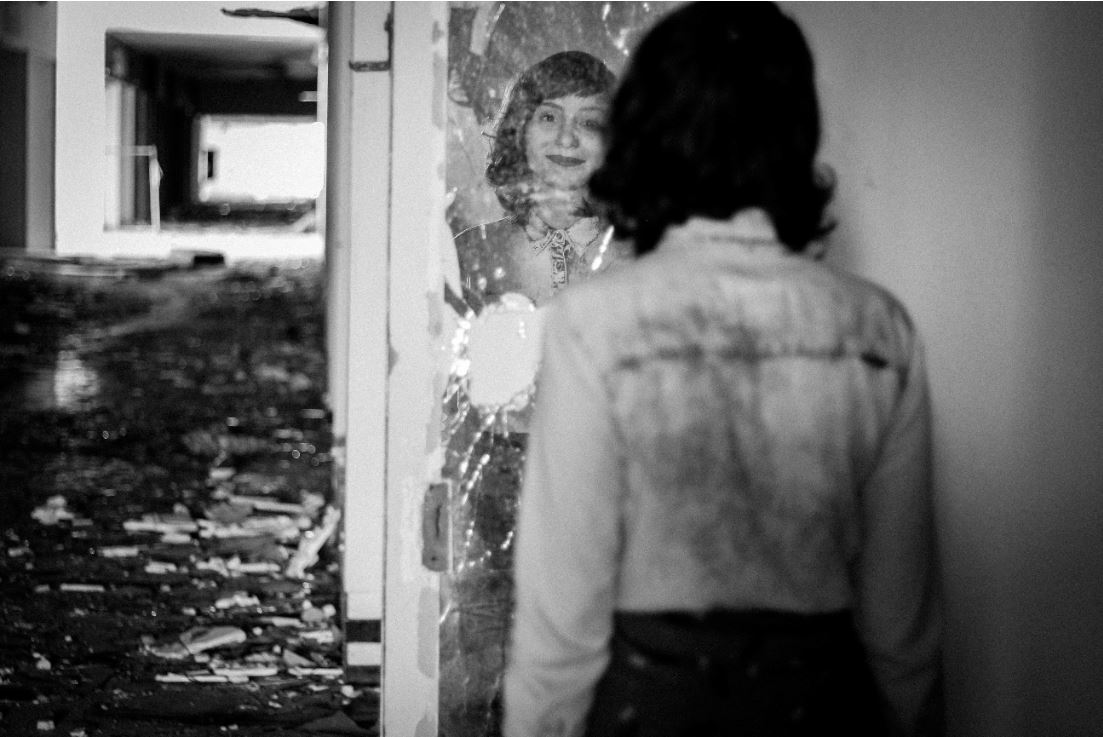Mary Ainsworth’s work on attachment identified three attachment categories (secure, insecure avoidant, and insecure ambivalent/resistant). The development of the disorganized/disoriented classification evolved as a part of Mary Main’s doctoral research in which she noticed that approximately 10% of infants in Ainsworth’s Strange Situation Procedure were difficult to classify.1 Disorganized attachment is an additional attachment category that was identified in 1986 by Mary Main and Judith Solomon at the University of California, Berkeley.
—
Explore your attachment style through Online Counseling in New Jersey
Are you curious about your attachment style and how it may be impacting the quality of your life and relationships? Contact me to learn more about working together through online counseling in New Jersey.
I now also offer online counseling in Pennsylvania, contact me to learn more.
—
The three attachment styles identified by Ainsworth are considered organized because they present behaviors that are consistent.2 In the Strange Situation Procedure, behaviors that were classified as disorganized/disoriented include:
-Obvious displays of fear of the caregiver
-Sequential or simultaneous behaviors or affects that are contradictory
-Movements that are asymmetric, misdirected, stereotypic, or jerky
-Apparent dissociation or freezing 1
These behaviors would typically happen for a moment until an infant’s behaviors returned to those that could more easily be classified into one of Ainsworth’s categories. Disorganized attachment can be seen as coexisting among the other three categories instead of being a replacement category, as disorganized infants were always coded into a second organized category.2
Caregiver Behaviors Associated with Disorganized Attachment
The following parental behaviors have been associated with disorganized/disoriented behavior in infants studied in the Strange Situation Procedure:
-Frightened or frightening parental behavior
-Dissociative, withdrawing, or helpless behavior
-Experiencing a persistent anxiety disorder
-Social and economic disadvantage
-Lack of regulation of the caregiving environment 1
Additional behaviors that can cause disorganized attachment behavior in infants, identified by Main and Hesse, include threatening gestures or expressions from the caregiver toward the infant, submissive behavior of a caregiver, sexual or romantic behavior toward the infant, mocking or teasing the infant, role confusion, and withdrawing (being silent during interaction). 2
The Impact of Disorganized Attachment
Disorganized attachment in infancy can impact the development of the amygdala. Components of maternal and infant disorganized attachment are linked to a larger left amygdala volume in adulthood, which is associated with limbic irritability and dissociation.3 Limbic irritability can result in aggression, violence directed at the self or others, and dysphoria.4 Unresolved trauma contributes to disorganized attachment in adults, with unresolved loss being easier to resolve than abuse that is unresolved.5
Check out my previous post to get a general overview of the different attachment styles.
—
Sarah Tronco, LCSW, provides online counseling in New Jersey and works to develop a strong therapeutic relationship with her clients, which helps to create a secure place where individuals can achieve meaningful change.
Sarah Tronco, LCSW, now also provides online counseling in Pennsylvania, contact her to learn more.
References:
- https://www.ncbi.nlm.nih.gov/pmc/articles/PMC4321742/#c36
- https://link.springer.com/referenceworkentry/10.1007%2F978-3-319-28099-8_2021
- https://www.sciencedirect.com/science/article/pii/S0166432816301905
- https://www.dana.org/article/wounds-that-time-wont-heal/
- https://www.sciencedirect.com/science/article/pii/S2352250X18301052
- Photo by Allef Vinicius on Unsplash

